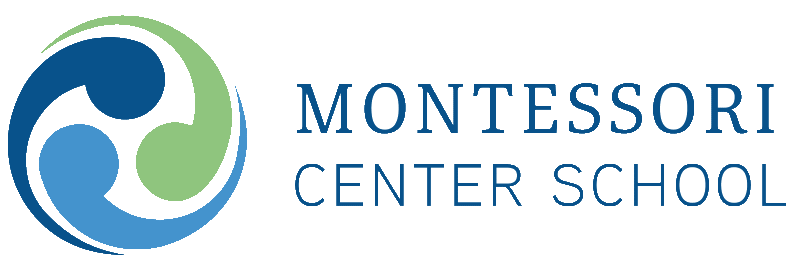Montessori 101: Early Childhood Montessori Materials
Today, we share an AMS overview of our unique classroom materials. Montessori materials are hands-on, interactive, and engaging. They teach only one skill at a time to allow the child to work independently and master the intended concept. The materials are also “self-correcting.” This means the child is able to identify if they have done an activity accurately and try again without intervention from a teacher. For example, if a large block is stacked atop a tower of shorter blocks, the tower will fall down. Working with self-correcting materials helps children develop confidence and self-sufficiency and promotes critical thinking.
Here are just a few of the many Montessori learning materials you will see in a typical Early Childhood (ages 3-6) classroom:
Golden Beads
The Golden Bead materials introduce the child to the decimal system with concrete representations of place value. Children are able to see the transition that takes place when a number gets to 10 and an exchange is necessary. Quantity and place value are explored through equations in addition, subtraction, multiplication, and division.
The Pink Tower
The Pink Tower consists of 10 pink cubes that are all the same color and texture. The only difference is their size. The preschool-aged child constructs a tower with the largest cube on the bottom and the smallest cube on top. This material isolates the concept of size and is used to introduce vocabulary such as “largest” and “smallest.”
Metal Insets
Metal insets prepare a child’s hand for writing by strengthening the pincer grip, developing the necessary wrist movement for writing, and teaching lightness of touch and evenness of pressure with a writing instrument through tracing geometric shapes.
Sandpaper Letters
Sandpaper Letters introduce the child to the sound-symbol association and proper letter formation. The child traces the outlines of letters made of sandpaper, experiencing each letter through touch while repeating the sound that the letter makes. Consonants in pink and vowels in blue draw the child’s attention to this important distinction.
If you would like to learn more about our Montessori program, please visit https://buff.ly/2zLYVaE.
The post Montessori 101: Early Childhood Montessori Materials appeared first on Montessori Center School.
Programs
Montessori Center School admits students of any race, color, religion, national and ethnic origin, gender identity, and sexual orientation to all rights, privileges, programs and activities general recorded or made available to students at the School. It does not discriminate on the basis of race, color, religion, national and ethnic origin, gender identity or sexual orientation in the administration of its educational programs, admission and tuition assistance policies, and athletic or other school-administered programs. Non-Profit Education Organization, License No. 426205239






